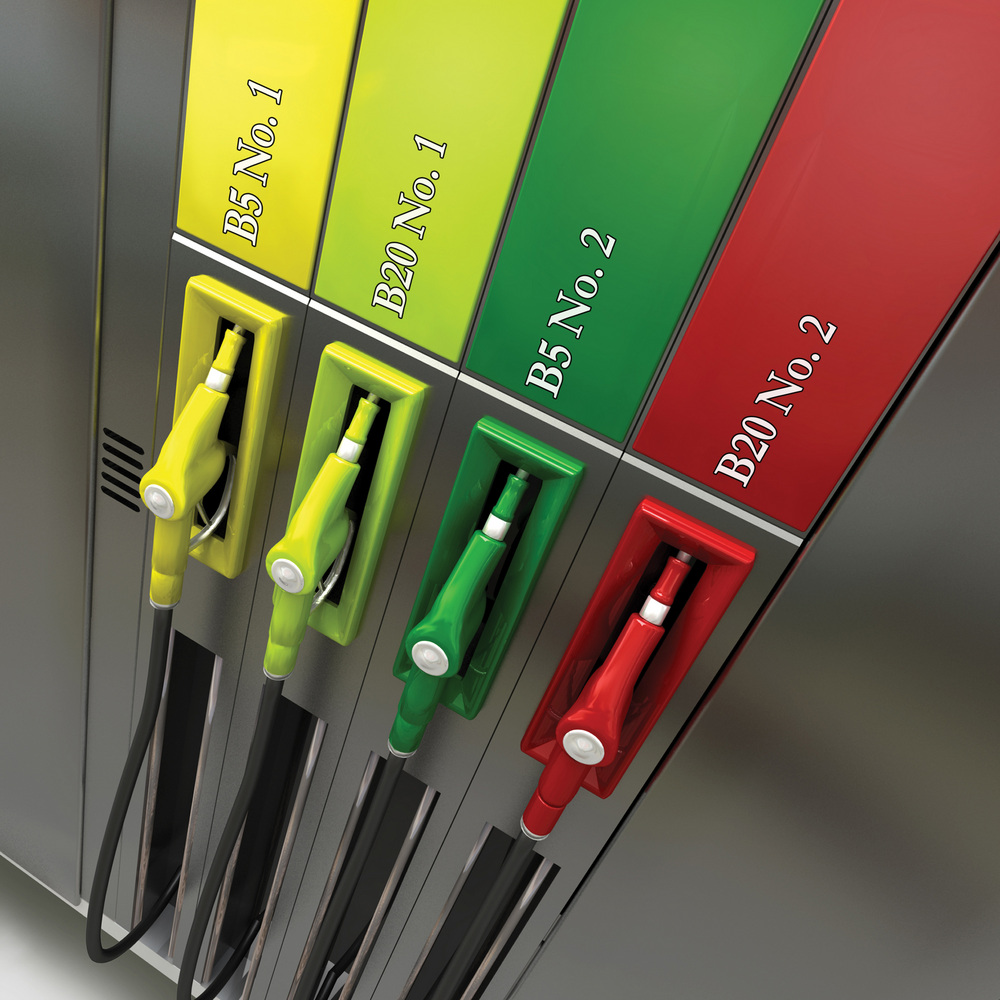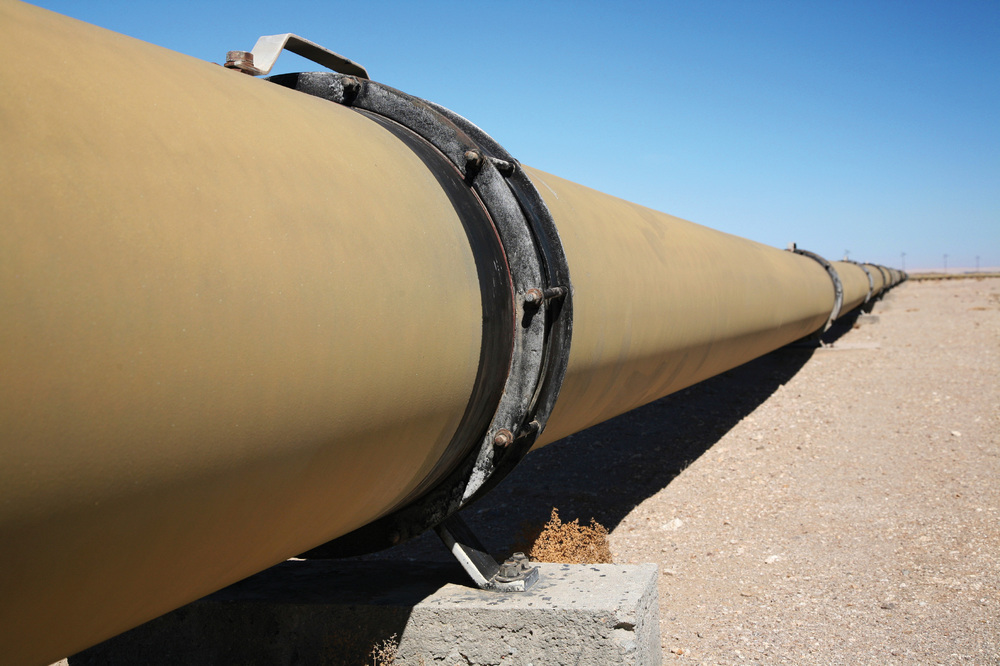A New Standard for Quality





October 25, 2011
BY Erin Voegele
It's been nearly two decades since ASTM International initiated spec development efforts for biodiesel. Since then, the organization has developed specifications for not only B100, but also blends of up to B20. Alterations to specifications for petroleum diesel and oilheat products were also made, allowing blends of up to B5 to be considered fungible components of these fuels.
While ASTM’s actions have helped open the market for biodiesel and biodiesel-blended fuels, Steve Howell, president of Marc-IV Consulting and chairman of the ASTM biodiesel task force, notes the process of spec development is never over. “We continue to improve the specifications as time goes on, as engines change, as petro-diesel changes, and as biodiesel changes,” he says. “We continue to improve the specs,” just like what happens with diesel fuels.
ASTM currently has several changes to biodiesel and biodiesel-related specifications in the works that are designed to do just that. Most immediately, the organization is moving to develop No. 1 and No. 2 grades of biodiesel. Additional changes that are in various stages of development include a move to increase the amount of residual biodiesel that can be present in jet fuel, which should open up additional pipeline transportation opportunities; the development of a specification covering higher Bioheat blends; and the possibility of altering the organization’s definition of biodiesel to include new technologies and feedstocks.
A New Grade
Most people are familiar with the concept of No. 1 and No. 2 grades of diesel. Now, ASTM is addressing the same concept with biodiesel. “We are currently balloting at the main committee level a new No. 1 grade of biodiesel within D6751,” Howell says. “That grade would be intended to provide a grade of fuel with lower levels of minor components that would address the rare instances where we’ve seen blends of some No. 1 diesel fuel and some biodiesel have instances of filter clogging above the cloud point of the finished fuel.”
According to Howell, the ballot will provide a No. 1 grade of biodiesel that can be used in similar fashion to how No. 1 and No. 2 diesel fuel are used in the U.S. “That’s kind of the whole philosophy behind it,” he says. “Most people will use No. 2 because it works well for just about everybody out there, but in the rare cases where you find that it doesn’t work down to the cloud point with blends, you can try No. 1.”
However, Howell stresses, the new grade would not be specifically for cold weather use. “The No. 1 grade of biodiesel would provide additional assurances that the fuel is going to work down to the cloud point of whatever the blend ends up being,” he explains. “You could have a No. 1 fuel that is not a winter fuel, but what it would do is provide more assurance that with every kind of diesel fuel out there, it would operate down to the cloud point on the blend, wherever your blend ends up being.”
The ballot for that change to D6751 is currently out for vote. “The results will be adjudicated at the December ASTM meeting,” Howell says. “That’s the biggest item on the plate right now.”
Stu Porter, director of BBI Biofuels Canada and ASTM member, notes that the specification changes for the new grade are relatively minor. Specifically, he says the No. 1 grade would have a flat limit for monoglycerides and lower cold soak filtration test requirements year-round. “Otherwise all of the specs remain the same,” he says.
Porter says that the change is seen as critical to the industry because petroleum companies want to have a standard in place to help minimize and limit their risk during all seasons of operation. While there have been rare instances where dispenser filters have experienced plugging in a few states, Porter notes there are several variables those issues could be attributed to. “One of the things that is always an unknown is, there are a number of different blending strategies for different organizations and different regions around the country,” Porter says. “Sometimes when these things happen, you don’t really know for sure what the root cause is, whether it was because it was splash blended, or because the diesel that it was blended with is more or less aromatic than another one might be. The intent of the specs is to try to make it as unilateral as possible so that, irrespective of poor blending practices, or when good practices are employed, or the range of aromaticity of diesels you would normally find in the marketplace, you wouldn’t have any issues with filter clogging above the cloud point.”
Advertisement
According to Porter, there is also a possibility that this current ballot will be seen as more of as an initial step rather than as a final solution to the two-grade system for B100. “One of the things that has been discussed…is that they see this as a starting point, and want to gather more data and do more testing to get a better understanding of things, but also to look at the potential to add some additional tests once we have a better understanding for maybe a different approach,” Porter says.
While the current ballot would indeed result in two different grades of biodiesel, Porter notes that the differences would be quite minor when compared to the different grades of diesel. “The thing that often gets lost is between No. 1 and No. 2 diesel there are a number of different parameters,” he says. “No. 1 versus No. 2 diesel is lighter in viscosity, it’s lighter in distillation, it’s lower in cloud point. There are a number of parameters in No. 1 versus No. 2 diesel that are different, and the difference between the proposed No. 1 or No. 2 grade of B100 is really just a couple of properties.”
A Better Bioheat
ASTM is also working towards the development of a specification for higher blends of Bioheat. However, that work is still in a relatively early stage. That said, Howell notes that it shouldn’t take nearly as long to develop a specification for Bioheat as it did to develop D6751 or D7467. “A lot of the work that was put in to develop the on- and off-road fuel specifications can be cross-applied to heating oil,” Howell says. “But, there are some things that are special for heating oil that don’t happen in on- and off-road diesel engines. There will be some additional work specific to the heating oil market that we’ll need to do, and industry is actually in the process of doing that.” The National Biodiesel Board and the National Oilheat Research Alliance have set up a Bioheat technical steering committee to guide those efforts, which includes a multifaceted group of equipment companies, petroleum companies, biodiesel companies and technical experts that are identifying what those technical needs are executing against those, he says.
According to Porter, a primary issue with the use of blends higher than B5 in home heating use has to do with the yellow metals and elastomers that are found in some legacy equipment. The furnace equipment manufacturers have been resistant to higher blends because they have some material compatibility concerns, he says. “I think looking at up to a B7 or possibility of B10 or B20 is certainly being discussed,” Porter adds.
Porter also points out that elements such as higher oxidative stability limits might be important to building more furnace equipment manager acceptance of blends higher than B5. “With home heating oil, some folks may buy their oil at the end of one season and not use it till the following season, or vice versa,” Porter says. “They may store it longer than 6 months, which is the recommended storage, based on the current oxidation stability limits in D6751.”
However, Howell points out that stability might not be that great a concern. “There are no stability specs for petro diesel for heating oil,” he says. “Very few people realize that home heating oil has its own stability problems, and its own quality issues over the years. Biodiesel stability is one of the questions that the technical steering committee is set to address. If it is something that needs additional attention, there are a lot of stability additives that have proven very effective. You don’t want to add them unless you need them, but if you need them, the stability additives have been shown to be very, very effective in increasing the storage life of biodiesel.”
Howell notes that a big push from NORA has been integral in moving work on the spec forward. NORA has formally issued a vision statement, he says, to move to a 100 percent biodiesel fuel by 2050, which would create an 80 percent carbon emissions reduction when compared to petroleum fuels.
Howell estimates that the development of a new Bioheat specification will take at least a couple of years, but he says it shouldn’t take the full eight it took to create D6751. It will ultimately depend on what the data says, he stresses. “If I knew what the data was going to be before we did it,” he says, “we wouldn’t have to do the [research].”
Advertisement
Additional Actions
Several other important actions are in progress at ASTM as well. Regarding pipeline shipments of biodiesel-blended fuel, the organization is working to increase the allowable portion of biodiesel that can be present in jet fuel. Currently, D1655 allows for up to 5 parts per million (ppm) biodiesel in jet fuel. That could increase to 100 ppm in the future, opening up the market for additional pipeline distribution of biodiesel-blended fuel.
“It’s technically illegal for jet fuel to contain any component that is not specifically approved for jet fuel, whether that be an additive or incidental contact with other fuel,” Howell says. “We’re doing a project right now in combination with the airlines and the European and American petroleum refiners and military agencies to approve 100 parts per million biodiesel in jet fuel. That will make it easier to carry biodiesel blends on pipelines that also carry jet fuel.”
According to Howell, work on this initiative is approximately 90 percent complete. “So, far it’s all been positive,” he says. If all continues to go well, the balloting process could be complete in late 2012 or 2013.
“In addition to the jet fuel work, we’ve done a bunch of other improvements that have been incorporated into D6751,” Howell says. “We’ve improved the stability test method for biodiesel and biodiesel blends, and we’ve approved the option of using the AOCS FTIR system for measuring total and free glycerin, cloud point and methanol content, which could provide a significant reduction in testing cost for a biodiesel company to meet the spec.” According to Howell, the new test methods are fast, cheap and effective. He says that especially for medium and small producers, the new methods could be an extremely valuable tool. “It will reduce the overall cost of fuel quality and increase the likelihood that companies will do more testing,” he adds.
While Porter notes the changes don’t necessary represent his preferred approach to testing, he does say it was believed to be a positive move for expediency and cost effectiveness. “It was felt that it was a compromise of allowing more testing to be done and more results to be given,” he says. “I’m not sure it’s the best way to go, but that’s why we have a balloting process, and that’s why we have an opportunity for everyone at ASTM to have their say and their vote, and the consensus was it was an overall better thing for the industry.”
Howell also notes that the development of specifications for blends between B21 and B99 is on the committee’s to-do-list. In addition, Howell says work is underway to complete engine testing to confirm that the existing specification for metals content is sufficient for full useful life for heavy-duty engines to protect the catalysts. “Most engine companies are quite comforted by the fact that we’re doing that type of work and making sure we are testing over the full 450,000 miles of usage, not just one or two years in the field,” he said.
Finally, Howell confirms ASTM is open to clarifying the terminology for biodiesel. “Right now, the definition of biodiesel in the terminology section of D6751 states biodiesel is a mono-alkyl esters of long chain fatty acids derived from vegetable oils or animal fats, since that covered all the biodiesel that was being produced or contemplated,” he says. “If we need to change terminology to cover mono-alkyl esters produced from sugars or other processes, then ASTM will entertain ballots to change that so that [the terminology] remains feedstock- and process-neutral, as it has been designed thus far.”
Porter adds that ASTM has always been open to updating specifications and terminology when there is a commercial need for it. “The intent with the definition of biodiesel was always to be open to change based on the commercial need,” he says. However, if a company were producing a biodiesel blend stock that is not a mono-alkyl ester that does not meet the current D6751 specification limits, Porter notes that would be an entirely different issue above and beyond simply clarifying terminology, since the current D6751 specification limits were based in consensus and considerable input from original engine manufacturers.
Author: Erin Voegele
Associate Editor, Biodiesel Magazine
(701) 540-6986
evoegele@bbiinternational.com
Upcoming Events





